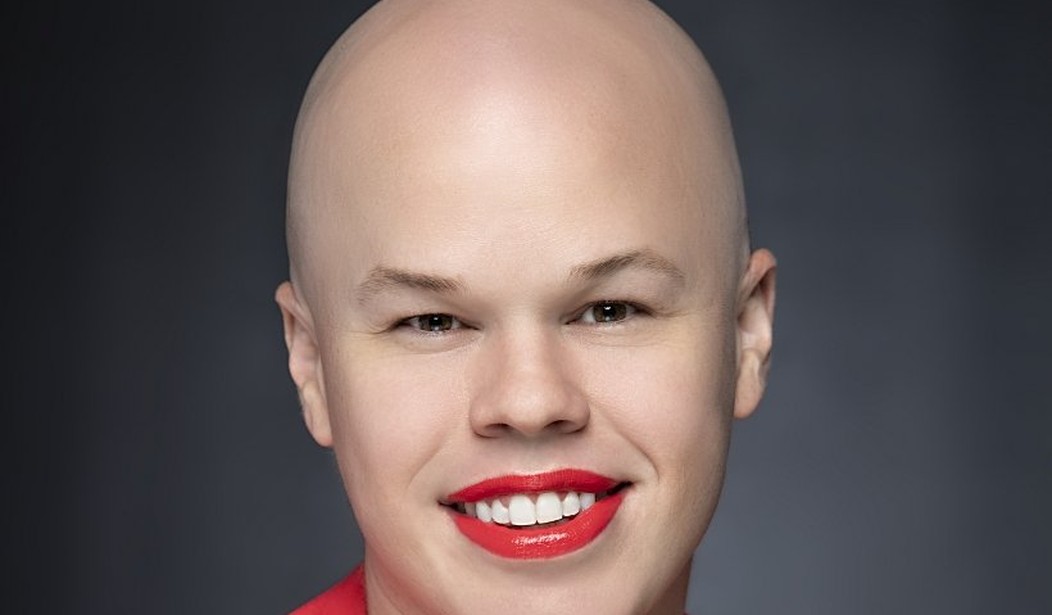There are few more despicable practices in the transgender advocacy community than hiding the gender confusion of children from their parents. How this ever became acceptable among adults who supposedly have the welfare of children as their calling is beyond understanding.
The “gender fluid,” non-conforming, “non-binary,” non compos mentis ex-Department of Energy employee Sam Brinton helped craft a policy in use in several states that tells schools to hide gender identity changes or a child’s sexual orientation from “unaffirming” parents.
The potential for abuse is huge. Who decides what’s “unaffirming”? How do you define “unaffirming”? And will it get to the point where being an “unaffirming” parent is grounds for having children’s services remove the child from the home?
Related: School Superintendent Downplays Transgender Bathroom Assault With a Smile and a Shrug
Brinton is facing jail time for stealing $5,000 in luggage from airports. But in a sane society, he would be facing life in prison for conspiring to rob parents of their single most vital responsibility; to raise and care for their child as they see fit and not as some soulless, faceless bureaucratic entity decides.
Between 2017 and 2020, Brinton was head of advocacy and government affairs at the Trevor Project, an LGBT group focused on youth suicide prevention, according to Brinton’s LinkedIn. In 2019, Brinton played a role in developing a 37-page booklet titled “Model School District Policy on Suicide Prevention,” which puts restrictions on how much teachers can talk to parents or guardians if their LGBT child is suicidal.
“While parents and guardians need to be informed and actively involved in decisions regarding the student’s welfare, the school mental health professional should ensure that the parents’ actions are in the best interest of the student (e.g., when a student is LGBTQ and living in an unaffirming household),” read the model, which was also published by the American Foundation for Suicide Prevention, the American School Counselor Association, and the National Association of School Psychologists.
So we’re supposed to leave the decision on whether a parent or parents are “unaffirming” of a child’s gender identity or sexual orientation to a school counselor? Calling them “professional” is a stretch. If they were any good, they’d have their own practice or be involved in a recognized group practice and not stuck dispensing horse manure advice to kids in crisis.
“In addition, our research shows that more than half of LGBTQ youth are not out to a single adult in school; these policies show LGBTQ youth, out or not, that their school is a safe place for them to learn, and that school staff are prepared to help them in times of crisis,” wrote Brinton in a September 2019 press release.
How does not being “out” to a single adult in school show that “their school is a safe place for them to learn, and that school staff are prepared to help them in times of crisis”? Wouldn’t it be the opposite? You would think if kids felt school is “safe” and they could depend on the staff to help, they’d “come out” to adults at the school.
In one section of the model, which is titled “Special Considerations,” schools are instructed to conceal a child’s sexual orientation or alleged gender identity from their parent or guardian unless the student gives consent.
Why should a mental health professional employed by the state be allowed to keep vital information on the mental health of their child from parents? We aren’t quite yet at the Hillary Clinton “It Takes a Village” stage of the government taking over child-rearing.
But we’re close.










Join the conversation as a VIP Member